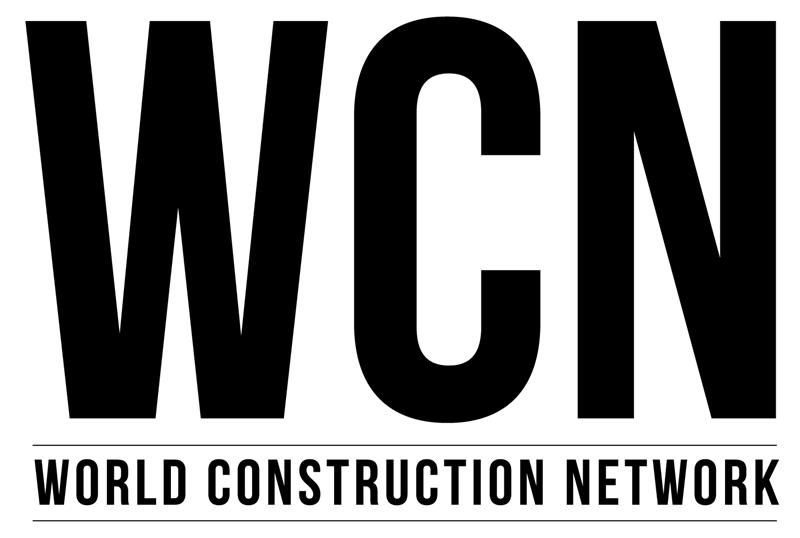Japan has selected a new architectural design for the 2020 Tokyo Olympics main stadium, following the scrapping of the initial design by Zaha Hadid.
The £1.4bn previous plan resulted in several controversies. The government had been prompted to scrap the plan in July, owing to protests over the design and cost.

Discover B2B Marketing That Performs
Combine business intelligence and editorial excellence to reach engaged professionals across 36 leading media platforms.
The new plan presented by architect Kengo Kuma is expected to cost £832m. The new design features a roof made of wood and steel, which is based on traditional Japanese architecture.
It has also kept the height of the stadium at less than 50m in order to make it fit its landscape.
The winning proposal was submitted by a joint venture comprised of Kengo Kuma, construction company Taisei, and construction support firm Azusa Sekkei.
The Japan Sport Council (JSC) will oversee the construction and finalise the contract with the winning party in January 2016.

US Tariffs are shifting - will you react or anticipate?
Don’t let policy changes catch you off guard. Stay proactive with real-time data and expert analysis.
By GlobalDataConstruction is expected to start as early as December next year, and be completed by November 2019. The stadium will reportedly feature a total of 68,000 seats.
Japan Prime Minister Shinzo Abe said: "I think the design chosen meets the conditions sought, such as basic concept, construction and cost."





